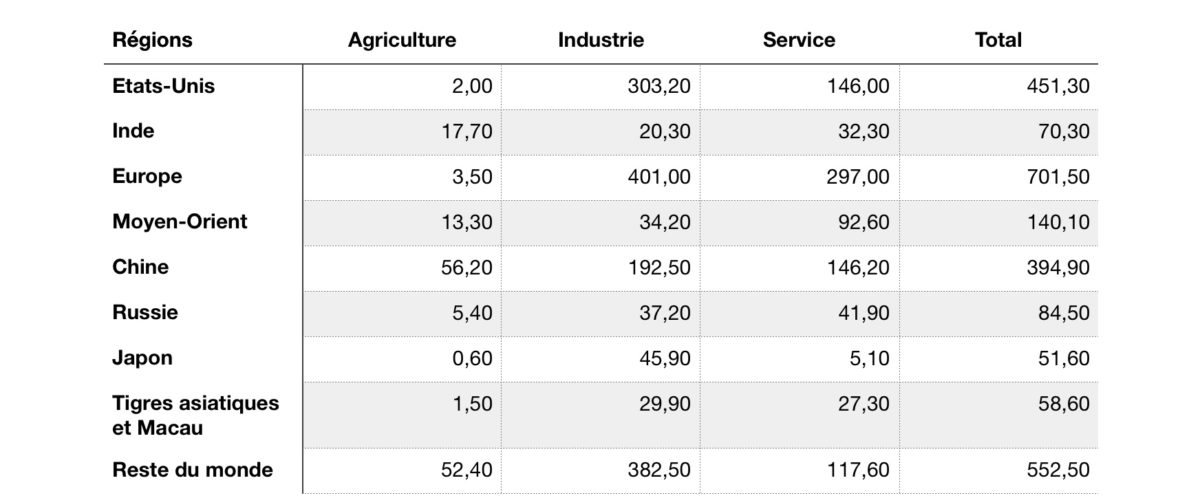Corrosion
Unpredictable and sneaky, corrosion is a random natural phenomenon.
This complex process is a good name. Its etymology comes from the Latin "corroder" which could be translated as "gnaw" or "attack" and this perfectly sums up its modus operandi.
Definition of corrosion
The definition found in the French dictionary Larousse is simple. It is a "degradation of a material under the action of the environment and by a process other than mechanical."
Scientifically, its definition is more complex because it is necessary to introduce the concepts of thermodynamics and kinetics.
For Wikipedia: "Corrosion refers to the alteration of a material by chemical reaction with an oxidant (the most oxygen and the H-cation). The purely mechanical effects should be excluded (for example, this does not involve rupture under the effect of shocks), but corrosion can combine with mechanical effects and give corrosion under stress and fatigue-corrosion; similarly, it intervenes in certain forms of wear on surfaces whose causes are both physical and mechanical. »
For our experts, the definition of corrosion is more pragmatic and responds to structural problems. It's more about a strategy based on feedback, a policy of accompaniment, research and development of more than 20 years to help you make the best choice.
In an industrial environment, the lack of management of corrosion phenomena leads to many inconveniences, such as:
- Increased maintenance interventions
- stopping assembly lines
- disturbances
- impact on branding.
Corrosion-related problems always generate significant costs for the industry. Their consideration by the industrialists, as early as possible, is a necessity.
Origin of corrosion
Generally, the corrosion of a metal starts with the appearance of condensed moisture on its surface. The moisture on the surface of the metal forms an electrolyte that allows the flow of electrons. This process results in visible oxidation (rust or tarnish).


IMPACT: The latest NACE study
According to this study, the annual cost of corrosion worldwide is:

NACE, the National Association of Corrosion Engineers, conducted the survey, published in March 2016. Impact resembled about twenty researchers, engineers and professors mainly American and European. Supervised by Elaine Bowman, the former president of NACE International, this team attempted to examine the current role of corrosion management in industry and governments to establish best practices
According to this study, the overall cost of corrosion is estimated at: $2.5 trillion per year.
By implementing good practices to combat corrosion, scientists and experts estimate that, depending on the sector, savings could be achieved between 15% and 35% of the cost of corrosion. This represents, globally, between USD 375 and 875 trillion.
Corrosion control offers a cost advantage. To understand the full extent of the potential savings to be realized, the authors of the study conclude with the obligation to reduce the risks and optimize its costs of implementing a corrosion management system that must be integrated into the system management and management of the company.
This study also shows the difficulties in promoting and explaining the benefits of a corrosion management system. The savings generated are difficult to measure and quantify clearly. Researchers show that maintenance costs are slowly decreasing. The study also specifies that control or inspection costs are decreasing or inspection intervals are increasing. Feedback from a corrosion management system shows fewer failures that save production time and/or product loss. The reduction of releases to the environment, the improvement of public relations, the profits generated directly integrate the assets of the capital…. All of these elements can be included in the business case of a corrosion management system and are difficult to quantify. But their impact on corporate profits would be real.
NACE's IMPACT study on corrosion also builds on the success story of the U.S. automotive industry, which has implemented numerous corrosion management strategies to optimize its production costs. Since 1975, the car manufacturers have led coordinated efforts to improve the design, materials and processing of parts. This corrosion management policy was not a "rapid overview" but a continuous improvement, over a relatively long period of time, in all aspects of corrosion. This change in strategy to effectively combat corrosion by the automotive sector was decided at the highest hierarchical level. The study shows the effectiveness of this plan to combat corrosion, which results in lower manufacturing and operating costs as well as an increase in automobile lifespan for the public.
Breakdown of corrosion costs in USD trillion by geographic area and sectors

